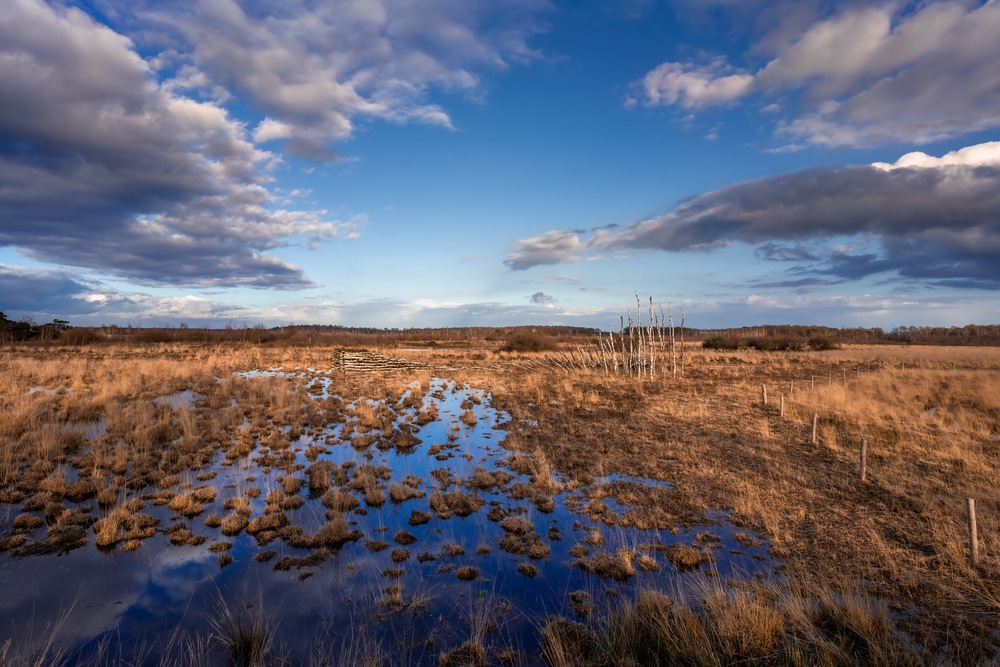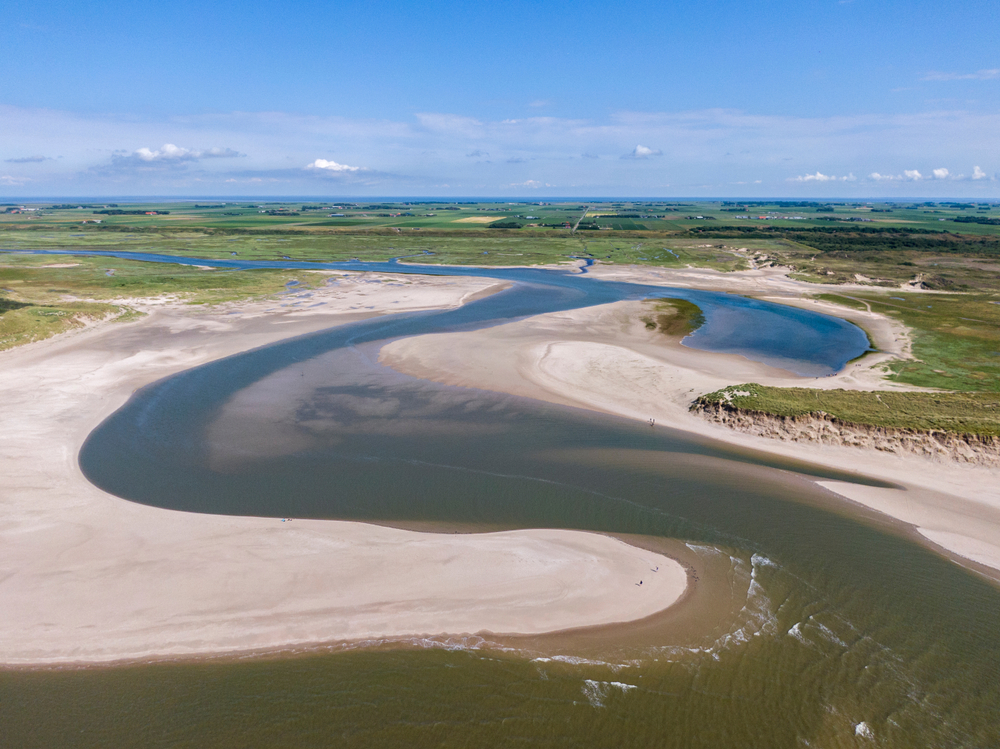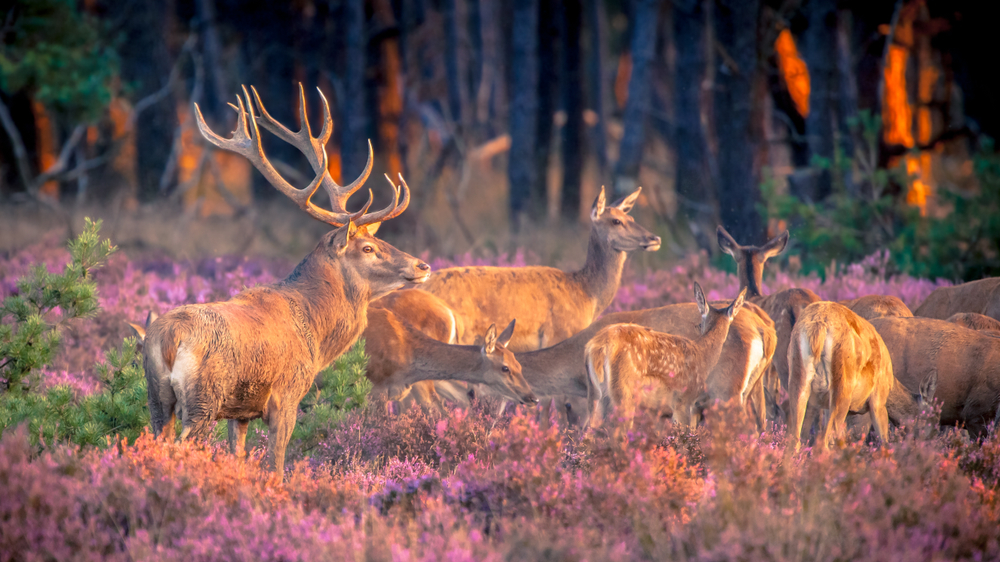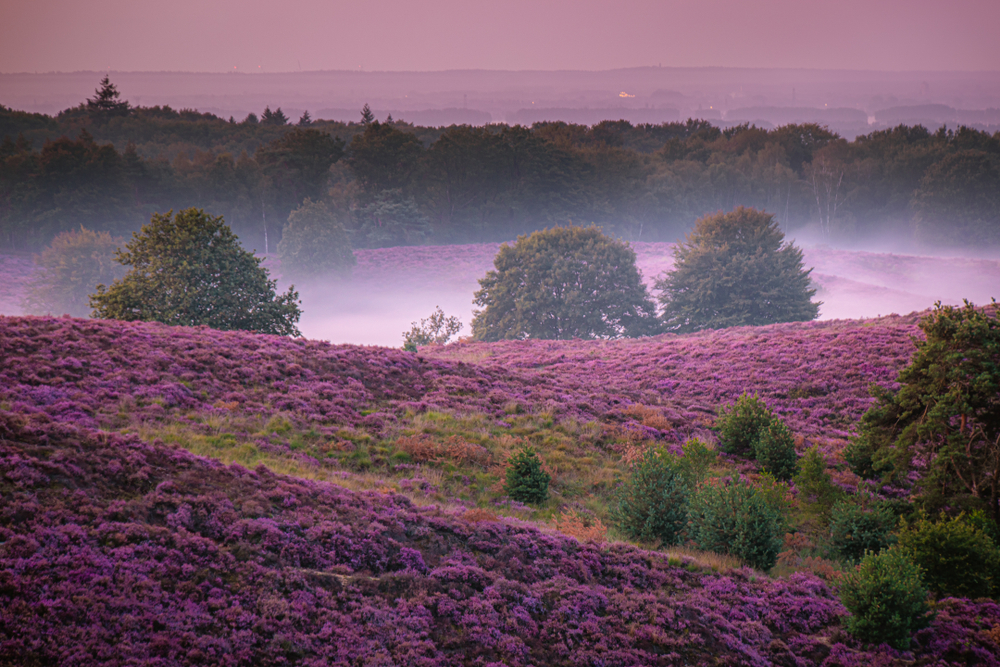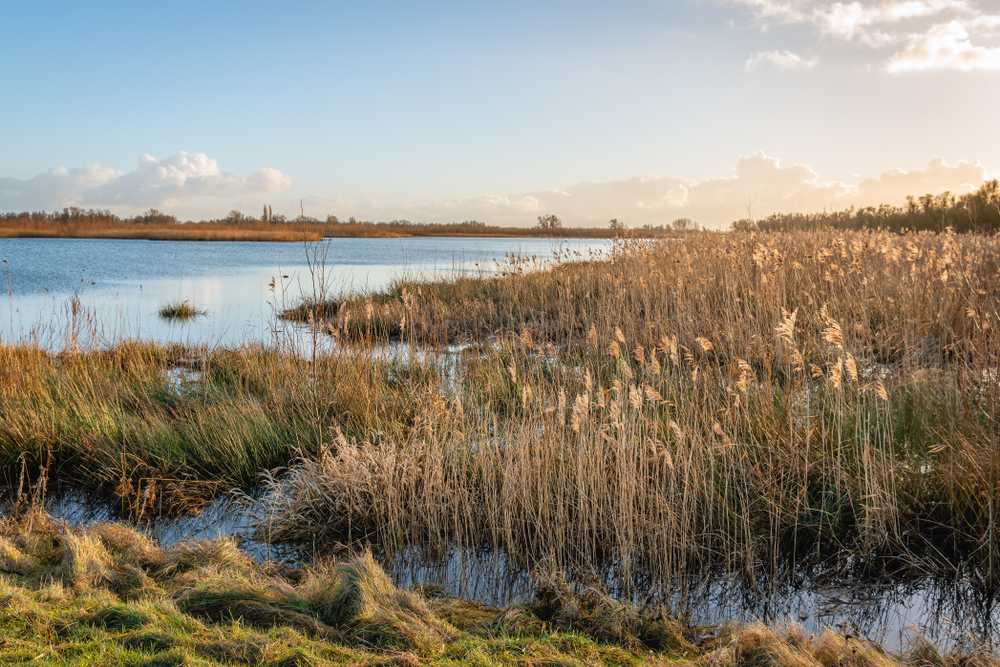De Groote Peel Overview
De Groote Peel National Park, or Nationaal Park De Groote Peel in Dutch, is a protected natural area located in the southeastern Netherlands, spanning approximately 5.9 square miles (15.0 square kilometers).
It lies in the province of Limburg, near the border with North Brabant, and is known for its vast peat bogs, wetlands, and heathlands. The park is a remnant of an extensive raised bog landscape that once covered large parts of the region.
Historically, the area was used for peat extraction, which has left behind a mosaic of open water, marshes, and scattered patches of birch and pine forests. Today, De Groote Peel is one of the most ecologically significant wetland areas in the Netherlands, offering an ideal refuge for diverse plant and animal species.
The terrain of De Groote Peel is characterized by a combination of swampy moorlands, shallow lakes, and dry heathlands. The peat bogs, shaped over thousands of years, create a unique and fragile ecosystem. This wetland landscape is interspersed with patches of sphagnum moss, reeds, and sedges, while small forests of silver birch and Scots pine provide contrasting greenery.
The waterlogged ground has led to the formation of ponds and streams, remnants of past peat-cutting activities. Wooden boardwalks and narrow trails wind through the park, allowing visitors to explore its diverse habitats without disturbing the delicate ecosystem. The seasonal changes bring dramatic transformations to the scenery, with blooming heather painting the landscape purple in late summer and frost-covered bogs creating a mystical atmosphere in winter.
De Groote Peel is renowned for its rich birdlife, making it a prime destination for birdwatchers. The park provides an important stopover for migratory birds, with species such as cranes, greylag geese, and various ducks passing through during migration seasons.
Year-round residents include great grey shrikes, reed warblers, and marsh harriers. The wetland environment supports a variety of amphibians and insects, particularly dragonflies, which thrive in the park’s many water bodies.
While large mammals are not as abundant due to the park’s marshy terrain, visitors may spot roe deer, foxes, and European hares in drier areas. The presence of rare species, including the smooth snake, highlights the importance of conservation efforts in maintaining this unique ecosystem.
One of the most popular aspects of De Groote Peel is its tranquil atmosphere, making it a favorite destination for hikers and nature enthusiasts. The park features well-marked walking trails, including the scenic “Knuppelbrug” boardwalk, which provides an immersive experience through the wetlands.
The visitor center, Buitencentrum De Pelen, offers insights into the park’s history, flora, and fauna, as well as guided tours and educational programs. Photography enthusiasts are drawn to the park’s picturesque landscapes, particularly at sunrise and sunset, when the misty bogs create an ethereal ambiance. The park’s accessibility and lack of urban noise contribute to its appeal as a retreat for those seeking solitude in nature.
De Groote Peel faces conservation challenges, particularly related to habitat preservation and water management. The historical peat-cutting industry significantly altered the landscape, affecting natural water retention and plant life.
Efforts have been made to restore the hydrology of the park by rewetting certain areas to encourage the regeneration of peat moss and other native vegetation. Additionally, ongoing conservation work aims to protect bird populations by maintaining suitable nesting and foraging habitats.
The Dutch government and local organizations collaborate to ensure that tourism remains sustainable, balancing visitor access with the need to protect the fragile wetland ecosystem. De Groote Peel stands as a testament to successful reclamation and conservation efforts, providing a sanctuary for wildlife and a serene escape for nature lovers.








































































